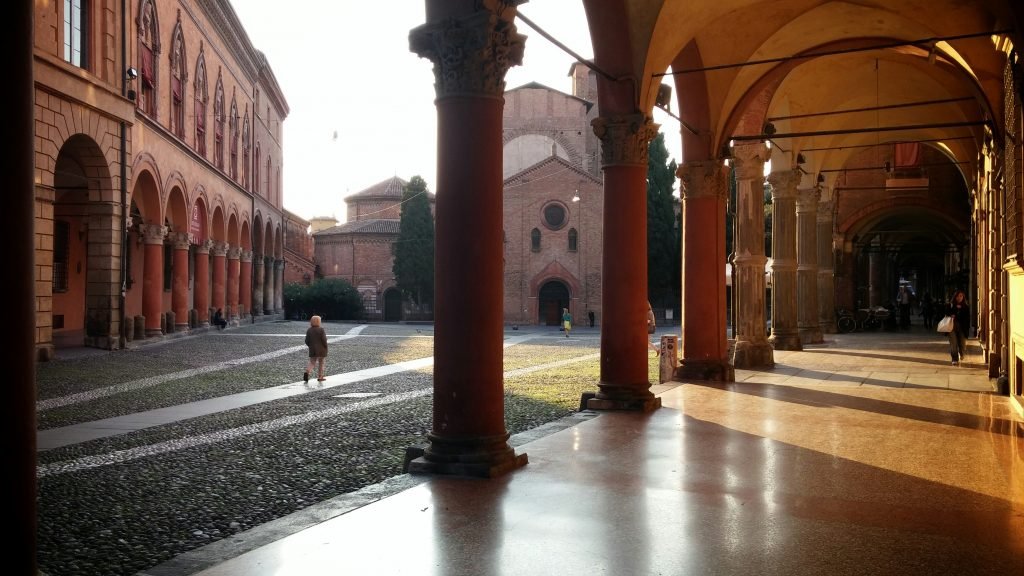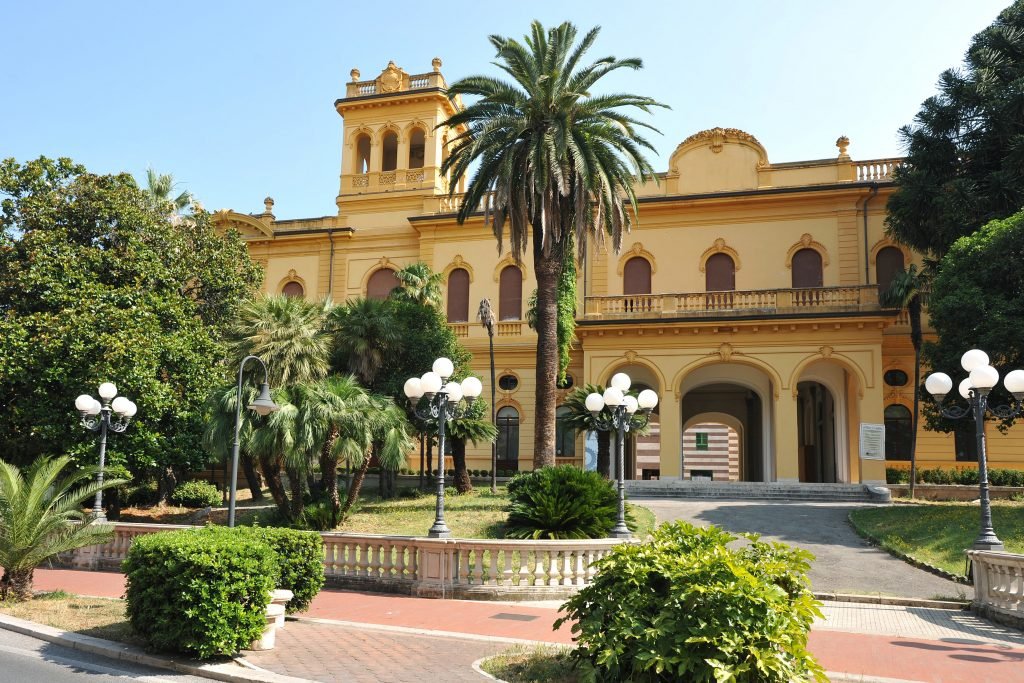Three more Italian sites have been added to the UNESCO Heritage List: Padua’s 14th-century frescoes; Bologna’s distinctive porticoes; and the Tuscan spa town of Montecatini Terme.
Padova Urbs Picta








Eight sites containing 14th-century fresco cycles make up Padua’s newest UNESCO listing. Known as Padova Urbs Picta (Padua Painted City), the truly stunning collection of frescoes recognize the artistic excellence that bloomed in the city during the time of master painter Giotto.
The frescoes of Padova Urbs Picta are located in the following Padua landmarks:
- Scrovegni Chapel (Cappella degli Scrovegni)
- Palazzo della Ragione
- Oratorio San Michele
- Chiesa dei SS. Filippo e Giacomo agli Eremitani
- Oratorio San Giorgio
- Basilica of St. Anthony
- Cappella della Reggia Carrarese
- Battistero della Cattedrale
Visitors of Padua can tour the sites of the Padova Urbs Picta on a single ticket known as the Padova Urbs Picta Card, which has a corresponding smartphone app.
Porticoes of Bologna

The covered arcades—porticoes—that make Bologna such an inviting and walkable city were also added to UNESCO. Bologna’s portici cover 62 kilometers of the city and include the longest arcade in the world—Portico San Luca—a 40-kilometer portico that connects the city with the Marian sanctuary on the Colle della Guardia. Built over centuries, Bologna’s porticoes represent “a sustainable urban lifestyle, in which religious and civil spaces and the homes of all social classes are perfectly integrated.”
Montecatini Terme: Great Spa Town of Europe

Montecatini Terme was also inscribed on Italy’s UNESCO World Heritage Site list. The spa town in southern Tuscany is part of a multi-country UNESCO site known as the Great Spa Towns of Europe.
“All of these towns,” per OnuItalia, “developed around natural mineral water springs. They bear witness to the international European spa culture that developed from the early 18th century to the 1930s, leading to the emergence of grand international resorts that impacted urban typology around ensembles of spa buildings such as the Kurhaus and Kursaal (buildings and rooms dedicated to therapy), pump rooms, drinking halls, colonnades and galleries designed to harness the natural mineral water resources and to allow their practical use for bathing and drinking.”
UNESCO Sites in Italy 2021
In addition to the three new inscriptions to Italy’s UNESCO Heritage Site list, two other sites were granted boundary extensions during the 2021 session.
The historic center of Florence, which has been a World Heritage Site since 1982, saw an extension of its boundaries to include the San Miniato al Monte church complex, Piazzale di Michelangelo, and le Rampe del Poggi.
Further, an additional 8,000 hectares of woodland in the beech forests of Aspromonte, Gargano and Pollino have been given UNESCO World Heritage status. The forests are part of a transnational UNESCO site known as the Ancient and Primeval Beech Forests of the Carpathians and Other Regions of Europe.
Meanwhile, the city of Venice narrowly managed to avoid getting placed on UNESCO endangered list during the 2021 meeting. Italy’s decree banning cruise ships from sailing into the Venetian lagoon, effective from August 1, helped save the canal city from a demotion in UNESCO status. It could have meant a loss of millions of euros in preservation funding. According to Skift, UNESCO “does not provide funding, but the endangered status itself can help be an impetus to raise private or public funds.”
Italy remains the world leader in the number of UNESCO World Heritage Sites. The country now boasts 58 cultural and natural UNESCO sites, as well as 14 traditions that are recognized by UNESCO as intangible cultural heritage.
The 2020 UNESCO Committee meeting was canceled because of the pandemic, leading to a longer list of sites up for consideration in 2021. The next UNESCO meeting is set to take place in summer 2022. Other Italian sites vying for UNESCO status in the next year include Cività di Bagnoregio in Lazio, the Via Francigena, and the prehistoric artistic and architectural sites of Sardinia, among many others.


Leave a comment